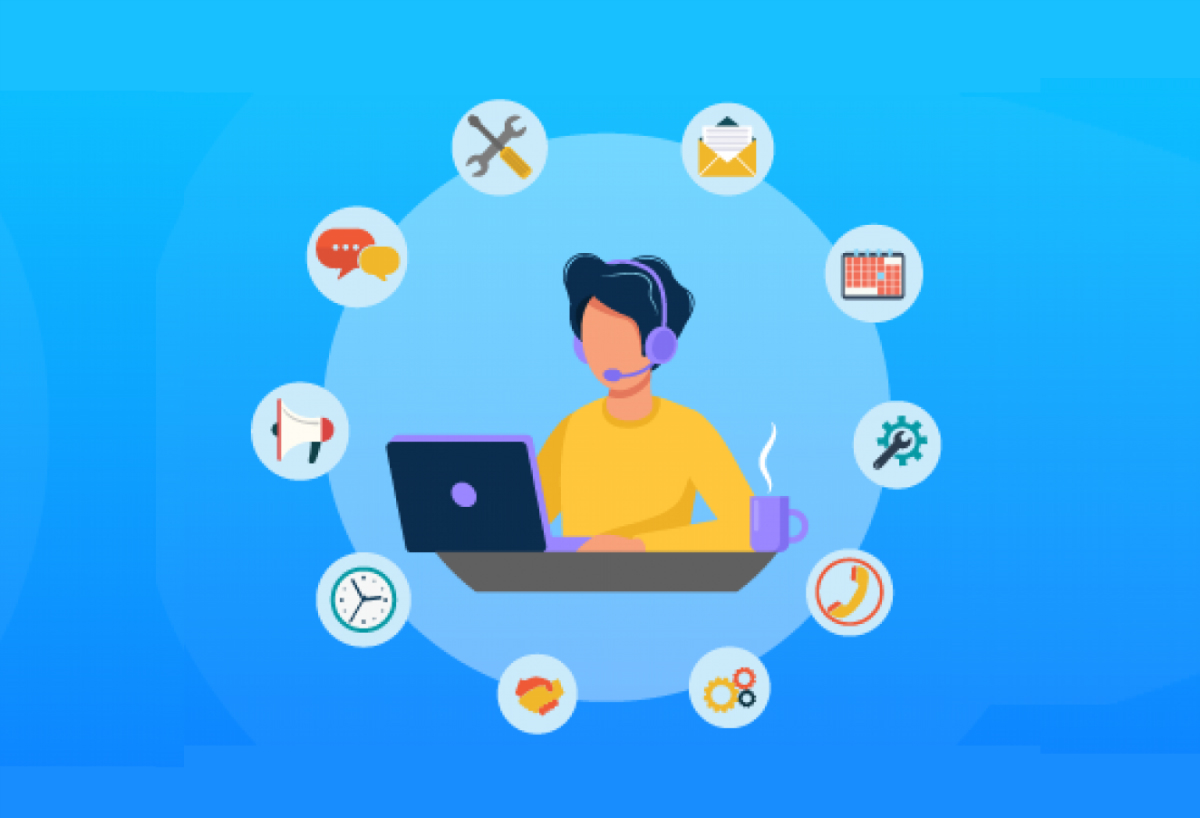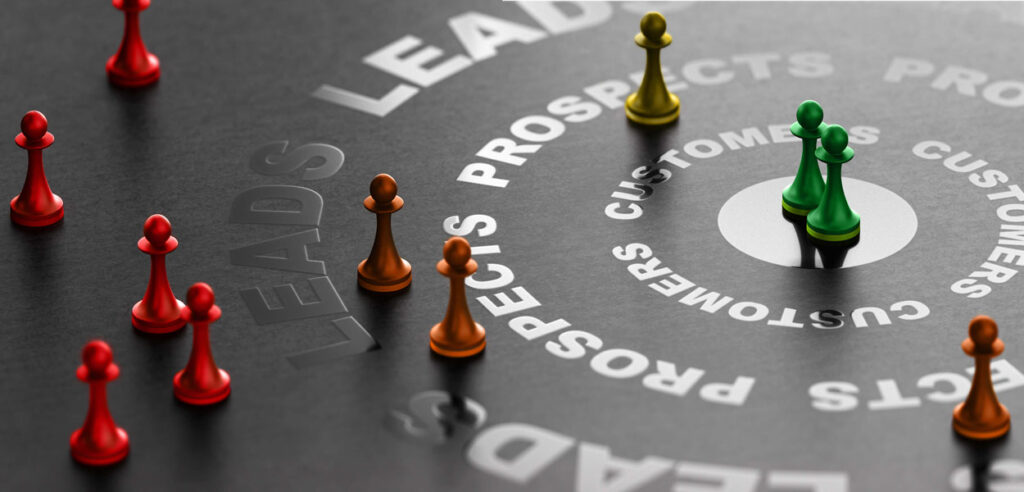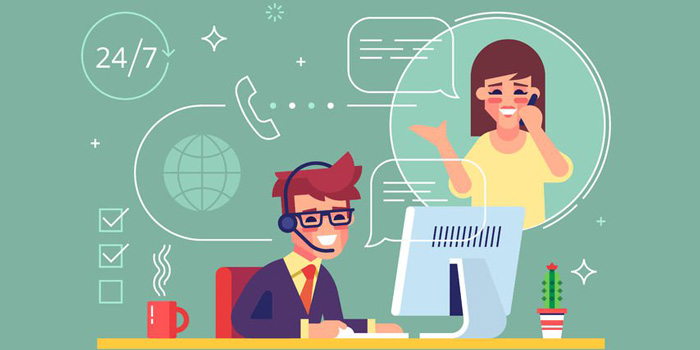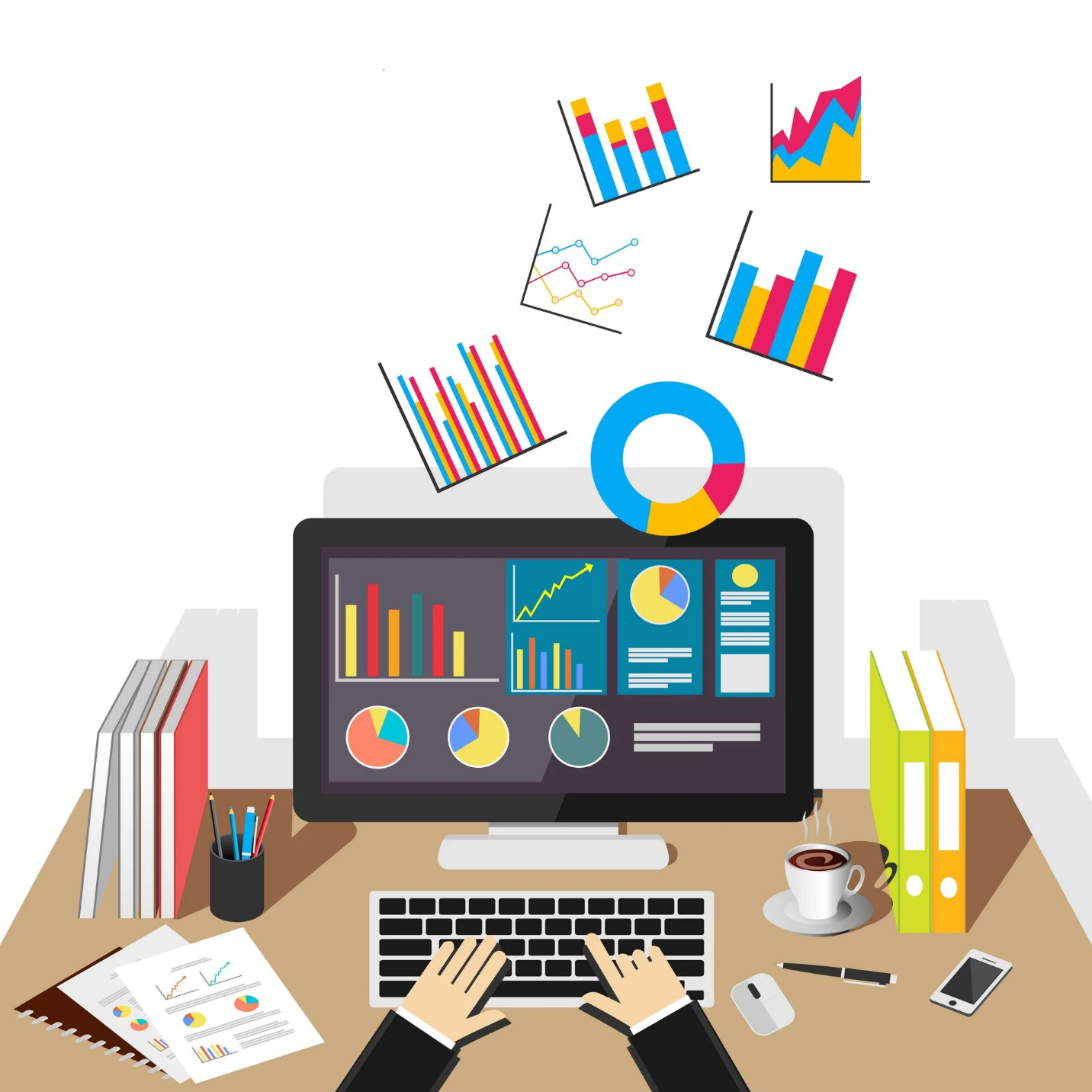What is the customer life cycle?
What is the customer life cycle? The customer life cycle is an important concept in marketing that refers to when a customer is in contact with a company, From when he first interacts with the company to when he no longer interacts with the company. This article will discuss the concept of the customer life cycle, its stages, and ways to improve it.

What are the stages of the customer life cycle?
The customer life cycle consists of four main stages: acquisition, retention, churn, and remarketing.
What is the absorption stage in the customer life cycle?
The acquisition stage in the customer life cycle is the stage companies take to attract new customers. At this stage, companies seek to attract new customers to be more profitable by offering their services and products to them. To attract new customers, companies should seek to identify their target market and apply appropriate marketing strategies according to this market. These strategies can include promotions, discounts, discount coupons, and special programs for new customers.
Also, companies must seek to provide value and quality service to new customers to attract them. For this purpose, companies should provide quality products and services with high added value according to the needs and demands of customers.
Companies should seek to create a good customer experience so that attracted customers become permanent and loyal customers in the future. Creating content is one of the ways of digital marketing that you can use to attract new customers. For this, you should entrust your content’s production to experienced people so they can describe your products and services well and encourage customers to buy by promoting your benefits.
Maintenance
The retention stage in the customer life cycle is the stage in that companies should try to maintain their satisfaction after attracting customers. At this stage, companies seek to improve relationships with their customers to turn them into regular customers in the future. To retain customers, companies should seek to provide better after-sales service. These services include providing support, troubleshooting, and high-quality after-sales services. Also, creating special programs for existing customers, such as discounts, gifts, and exclusive services, can help retain customers.
In addition, companies should seek to improve the quality of their products and services. This includes improving processes, increasing production, and improving the quality of products. Improving the quality of products and services can help the company to maintain customer satisfaction and prevent customer dissatisfaction.
Finally, the use of technology can also help the company retain customers. Companies can use customer relationship management (CRM) systems, automation tools, and other related technologies to improve customer relationships.
What is the breakdown in the customer life cycle?
The collapse stage in the customer life cycle is when customers no longer receive services from the company, and the relationship with them ends. At this stage, companies seek to reduce the negative effects of this end of the relationship and, if possible, try to attract new customers. Various factors, including fierce competition in the market, inefficiency in processes, inability to provide quality services, and customer dissatisfaction, can lead to the collapse of the relationship with customers. At this stage, companies should try to understand the reasons that have led to the collapse of the relationship with customers and fix the problems.
In addition, companies should seek to provide better services to their customers to convert them into regular customers instead of losing them. This includes providing better after-sales service, improving product and service quality, and special services for existing customers.
Finally, in the break-up phase, companies must seek to attract new customers. For this purpose, companies should seek to identify their target market and try to attract new customers using appropriate strategies.
What is remarketing in the customer lifecycle?
At this point, the company tries to bring back former customers. This stage includes using different marketing methods to attract former customers, offering them special discounts, and providing better after-sales service.
Ways to improve the customer life cycle
To improve the customer life cycle, companies can do some of the following:
1. Improving the quality of products and services
Improving the quality of products and services helps the company retain and attract new customers.
2. Providing better after-sales service
Providing better after-sales service assures existing customers that the company properly takes care of and values them.
3. Creating special programs for current customers
Creating special programs for existing customers, including discounts and rewards, reassures them that the company values and loves them.
4. Creating a good customer experience
Creating a good customer experience helps a company retain and attract new customers.
5. Use of technology
The use of technology helps the company to improve the customer experience and helps the business in general.
Stages of the customer life cycle
The customer life cycle has six stages:
- potential customers
- new customers
- actual customers
- loyal customers
- expired customers
- Inactive customers
The first stage of the customer life cycle: potential customers
The first stage of the customer life cycle is finding potential customers and introducing the company or brand to them. Potential customers search for companies and brands to acquire a product or service. Your job as a marketer is to find these potential customers and make them aware of your product, company, or brand. After that, you have to do something to arouse the interest and enthusiasm of these customers.
They need to remove obstacles and ambiguities from their path to complete the purchase process, so your next task is to create trust and confidence and increase the motivation necessary for them to become actual customers. This stage (converting a potential customer into an actual customer) is considered the most challenging stage of the customer’s life cycle, which requires high skill. This includes using the marketing budget and being aware of the company’s vision (what will happen) and how it views customers.
Lead is another common term used often at this customer life cycle stage. Leads include phone or mobile numbers, email addresses, etc., through which you can contact people interested in your product, service, or brand. There are several ways to get these leads. For example, different systems often ask their users to enter their email addresses; These emails are the same leads usually obtained in exchange for a special offer or free content. You can also buy leads from companies that have databases (job directories). Of course, in this case, you should be careful and get leads from reputable companies so that you are not sold leads suspected of violating laws or privacy.
The second stage of the customer life cycle: new customers or users
At this point, you have found potential customers and have their leads and addresses. So you have acquired some skills of a real marketer so far. But surely you mean the ideal situation (long-term relationship with the customer), which means that no company or brand wants its customers and users to leave and never look back after buying or using the service once. Go back to the analogy between the customer life cycle and the emotional relationship between two people: suppose you are beginning to get to know and establish a friendly relationship with someone. If he feels you are unsure about his long-term commitment, he will end the relationship initially.
In marketing, it is your art to find and create interest in the customer, to make him continue communicating with your company or brand for a long time, and return after the first purchase. Undoubtedly, the quality of the product or service is the main factor in customer retention. Still, it would help if you also had a way to interact with your customers and show them that you value their privacy, time, and, most importantly, their business. Is.
The third stage of the customer life cycle: actual customers or users
At this stage, on the one hand, you have to impress the customers with the quality of your products or services, and on the other hand, you have to follow up with them to make them feel that they are important to you. By doing this, you can ensure whether customers are considering returning to buy the product or using the service again. You should not leave customers alone.
The fourth stage of the customer life cycle: loyal customers or users
Converting existing customers into loyal customers (who regularly visit your website or use your products and services) is an important marketing achievement. But remember that your responsibility does not end there. Once your customers become loyal, you may decrease the number of times you communicate with them. Still, this connection should not be completely lost (that is, you should not constantly look for new customers and forget about your loyal customers). It would help if you reminded them that they are still important to you and incentivized them to remain loyal. Since a competitor is always trying to intrude on your loyal customers, the best way to retain them is to have ongoing conversations through all marketing communication channels (including email).
The fifth stage of the customer life cycle: lapsed customers and users
Unfortunately, even the most loyal customers can eventually become disinterested in a company’s or brand’s product or service and end their relationship. When a customer does not interact with a company or brand for a long time, it is called a lapsed customer. In most cases, you should divide such customers into two or three groups: customers who have been absent for a short time, customers who have been inactive for a long time, and seasonal customers. However, how these groups are defined depends largely on the product, industry segmentation, or customer behavior.
To clarify, let’s say you are a shoe seller. Shoes are considered a fixed need for people. Usually, they must be purchased occasionally (in relatively short intervals), so if your customer does not buy shoes from you for a year or more, you can consider it a lapsed customer. But if you’re in the business of selling winter boots, you shouldn’t expect your customers to buy from you in the summer season. Therefore, you should consider a longer period for your customers to expire; For example, if they do not buy from you for one or two years, they are considered expired customers. Therefore, a lapsed customer is someone who does not make a purchase from a company or brand within the time frame defined for an active customer (to purchase a product or use a service).
The sixth stage of the customer life cycle: inactive or lost customers
Some lapsed customers may disassociate completely from the company or brand and become inactive. These customers may have reasons (which cannot be controlled) for their lack of connection with the company or brand. For example, they may have had a bad experience with how your company provides services, or their financial conditions have changed, and they are looking for cheaper products and services. But there is also a possibility that customers have forgotten you after one purchase or that your competitor has attracted them to your products and services. These people probably need incentives to come back to you. At this stage, you need to divide your customers into two categories: customers who are no longer likely to interact with you and customers who may come back to you through re-communication or your marketing campaigns.
Of course, different customers have different values in the customer life cycle. Some of them are so valuable that you need to spend more time and energy to acquire and maintain them and return them after disconnection. However, it generally does not matter whether the customer value is low or high. The customer’s life cycle in your company must move upwards. Suppose you become more adept at the customer lifecycle. In that case, you’re more likely to change your customer relationship and marketing strategies and optimize the time and value your customers bring to your business.

What is the conclusion of the customer life cycle?
The customer life cycle is an important concept in marketing that refers to the time a customer interacts with a company. This cycle consists of four main stages: acquisition, retention, decay, and remarketing. Companies can improve the quality of products and services, provide better after-sales service, create special programs for existing customers, create a good customer experience, and use technology to improve the customer life cycle. By improving the customer life cycle, the company can retain existing customers, attract new ones, and build lasting relationships. Improving the customer life cycle helps the company be more profitable in the long run.
As a company, to improve the customer life cycle, you need to consider the concept of customer centricity. This means that you should focus on the needs and demands of your customers and provide them with better service. The best companies always attract and retain new customers through marketing research, customer experience, and technology.
Finally, to improve the customer life cycle, you should seek to develop long-term relationships with your customers. Providing better after-sales service, creating special programs for existing customers, creating a good customer experience, improving the quality of products and services, and using technology are all tools that can help you build a lasting relationship with your customers and the life cycle. Improve customer.












